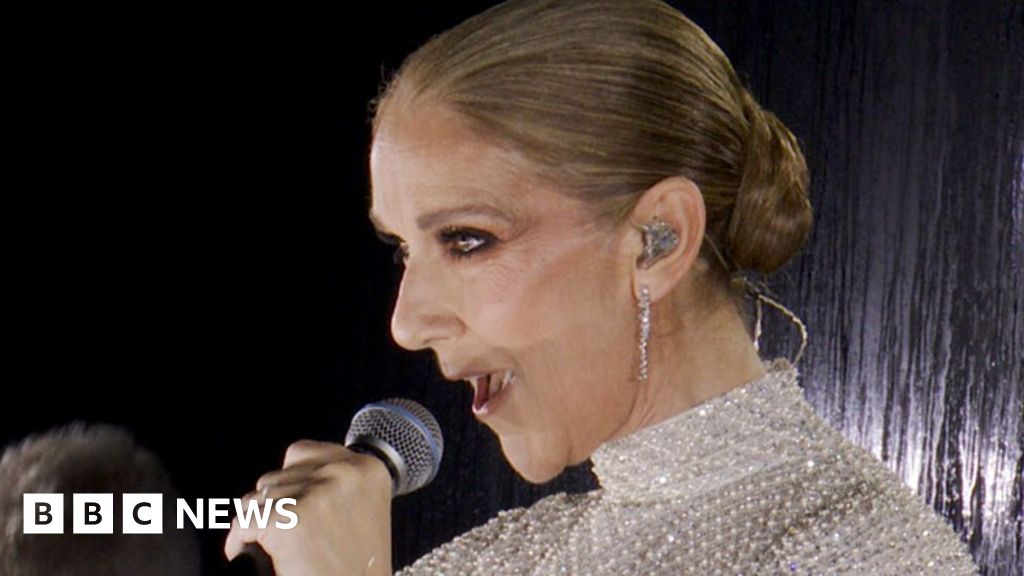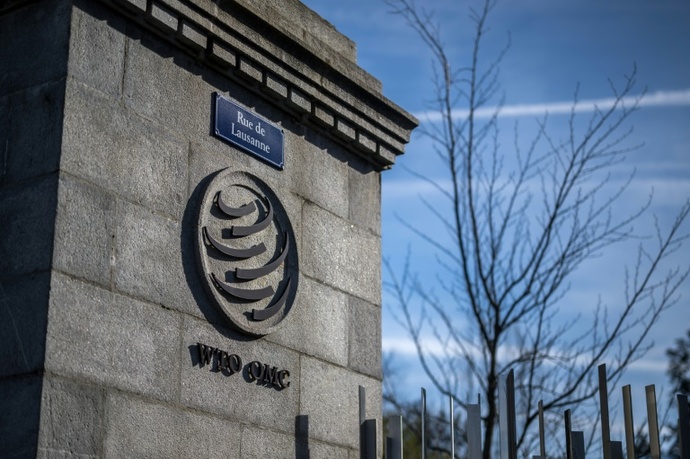The heating season is over, it’s time for an evaluation. District heating requirements in Vienna were in line with the long-term average, but at the same time they were about 10 percent higher than the previous year’s requirements. However, the winter of 2019/2020 was the second warmest winter in measurement history since 1768.
Recently, there was a cold March with an increase in heat demand of more than 16 percent compared to the previous year and a cold October with more than 18 percent. November and December were among the warmest in measurement history, and January was the long-term average. February also brought average temperatures except for February 11, 2021: at 8 am, with an outdoor temperature of -6.6 ° C, the lower temperatures resulted in a peak of energy of 2,086 MW. A total of 420,000 Vienna homes are heated by district heating, and Wien Energie GmbH also supplies 7,500 major customers with the climate-friendly heat.
Energie Steiermark Wärme GmbH provides area heating for 26 heating networks in Styria. In addition, Energie Graz GmbH & Co KG provides a large portion of district heating for the capital of Styria Graz with about 80,000 households in Graz.
Graz reported a similar heating balance for 2020/21 as Vienna: by mid-April, which will be the coldest in many years, a plus 10 percent heat consumption has been measured compared to the same period the previous year. This also corresponds to total heat sales in Styria. The increase compared to the same period of the previous year is also related to the outside temperatures, which in the current heating season are consistent with the long-term average, but they were much higher than the comparison period 2019/2020.
The beating – even if it can be explained by the pandemic and lockdowns – is a very significant drop in sales in tourist areas of up to 30 percent.
In Linz, last winter, measured in terms of degree days, was about seven percent colder than the previous winter. District heating sales increased roughly the same amount. February was 5.7 percent warmer, but March 8.8 percent cooler than the regional long-term average. The heat production peak for this year’s heating season was reached on February 15, 2021 with 466 MW. In Linz, Lynding and Traun, more than 3,800 district heating transmission stations were provided, and at the same time 83,000 apartments, offices, commercial and industrial buildings as well as many public buildings were supplied with district heating.
District heating reaches the apartments directly through the district heating mains network. If you use district heating, you are heating comfortably and in a climate-friendly way – using the most popular type of heating in Austria. The current survey by Opinion Research Institute Market attests that district heating has the highest image values among the common forms of heating. Both private households and property developers gave it the best overall rating: 74 percent of consumers surveyed and 84 percent of property developers viewed district heating as “very positive” or “positive”. In total, more than one million households in Austria use district heating. About 50 of Austria’s 100 largest cities are provided with district heating.
Half of the fuel used to heat areas is already renewable, and thus carbon dioxide-free. Studies show that district heating can do without fossil fuels. The heating system allows the use of different energy sources and is already using this today: whether it is biomass or renewable gas, whether it is industrial or commercial waste heat, geothermal energy, solar thermal energy, or the heat from waste incineration, the system is flexible in use. . More than 50 percent of district heating is actually generated from biofuels and thermal waste from recycling.

“Certified tv guru. Reader. Professional writer. Avid introvert. Extreme pop culture buff.”






More Stories
Technology – Dozens of WTO member states agree on global rules for online commerce
AI-powered traffic lights are now being tested in this city in Baden-Württemberg.
The use of artificial intelligence in companies has quadrupled